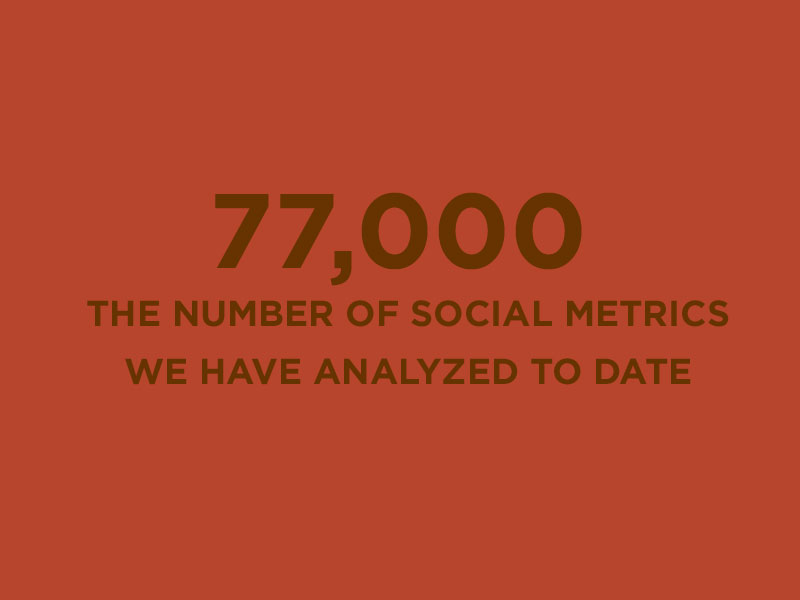
During my three months travelling up and down New Zealand, I also had the opportunity to speak to people from its mental health sector and learn more about an issue close to my heart. In several ways, mental health initiatives are well advanced on this side of the world, but here are three observations on its mental health crisis and how it compares to the UK:
1. CUTS TO SERVICES
Sad to see a similar picture here
Coming from the UK, where I’ve worked with mental health organisations struggling from years of systematic cuts and long waiting lists for people in need, I was sad to see a similar picture here.
Many traditional support services that did the heavy lifting have been cut over the past few years and the mental health workforce remains underpaid. One expert I met with spoke about the high number of funerals he attended after the closure of long running units that he previously managed. On top of this, recent tightening of the immigration rules has significantly reduced the pipeline of nurses from countries like the Philippines.
Despite this, the prevalence of mental health issues has been increasing rapidly. Funding promised in the previous government’s 2017 budget to deal with this was very underwhelming and as a result mental health became a big election issue that year.
2. HIGH YOUTH SUICIDE
New Zealand has the unenviable title of the most teen suicides per population in the OECD
New Zealand has the unenviable title of the most teen suicides per population in the OECD. Mental health stigma, isolation and the pressures of growing up are some of the reasons behind this.nThe UK rate may be lower, but New Zealand levels might not be a too distant future for the UK as children and young people’s mental health is being increasingly seen as a ticking time bomb.New Zealand is starting to focus on early intervention to counter this and while it has good equivalents to charities focusing on suicide prevention and anti-stigma, like Time to Change and CALM in the UK, it appears to lack in-school services like Place2Be that work to normalise mental health discussions at an early age.
3. MĀORI DISADVANTAGE
The elephant in the room is the highly disproportionate mental ill health of the Māori
When discussing New Zealand’s mental health, the elephant in the room is the highly disproportionate mental ill health of the Māori population—the people who first called New Zealand (or Aotearoa) their home. For example, the suicide rate of Māori women is five times that of non-Māori women. Worryingly, Māori numbers in the system have risen by 60% in the past fifteen years, in contrast to a 33% rise for non-Māoris.
Reasons for this can be found in the different success rates of treatments for Māori, the legacy of colonisation and the negative divide in income, education and health. This disadvantage was recently highlighted by film director Taika Waititi. For example, Māori make up 50% of New Zealand’s prisons—which are increasingly becoming de facto mental health services—despite accounting for only 15% of the population.
Such issues involving ethnicity, social economics and mental health are not absent in the UK with young black men disproportionately detained under the UK’s flawed Mental Health Act.
New Zealand needs more charities playing a bigger role
These issues paint a sad picture of mental health in this beautiful country. Although it may seem bleak, I believe society can do a lot to prevent ill mental health. While the new government has launched a ministerial inquiry to consider new approaches and an amazing small group of charities work hard on these issues, it is my view that New Zealand needs more charities playing a bigger role.
A thriving mental health charity sector supported with independent funding and working alongside statutory provision could make a big difference by plugging some of the service gaps and trialling new approaches.










